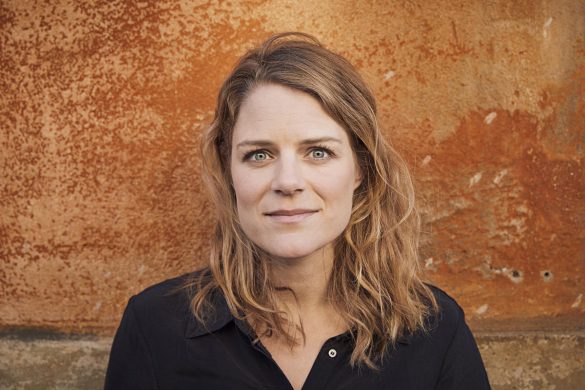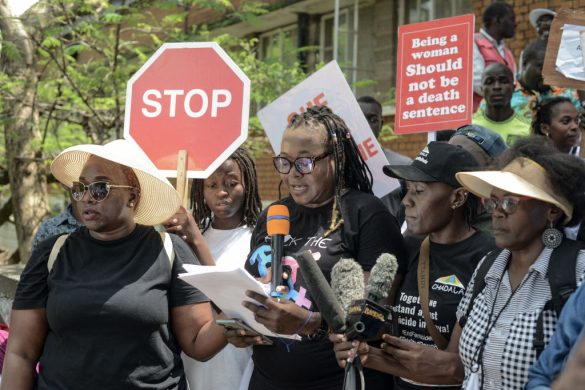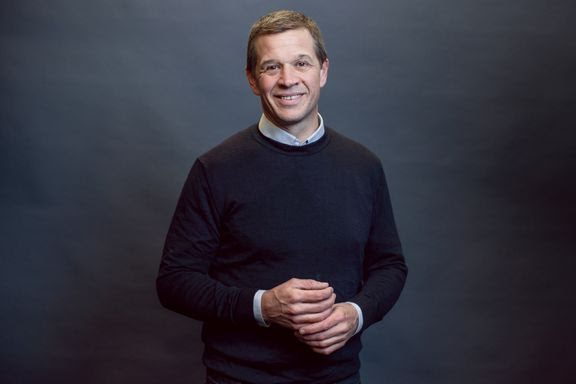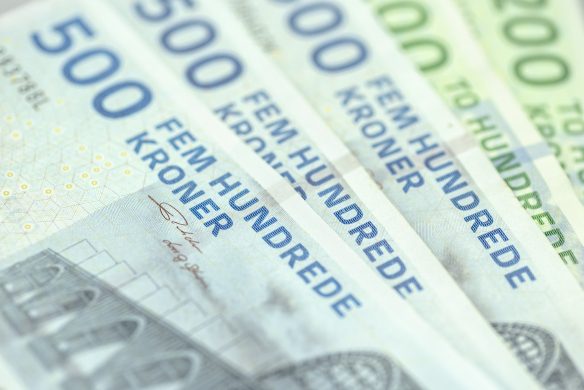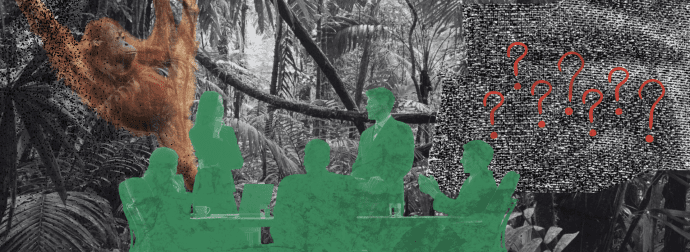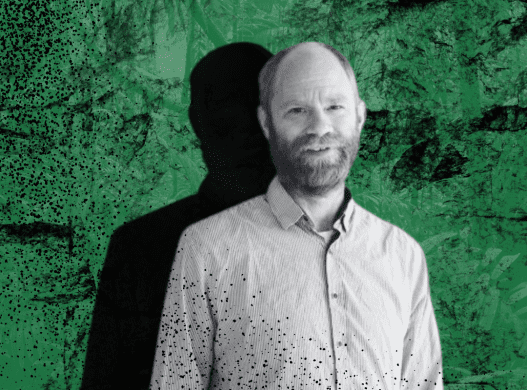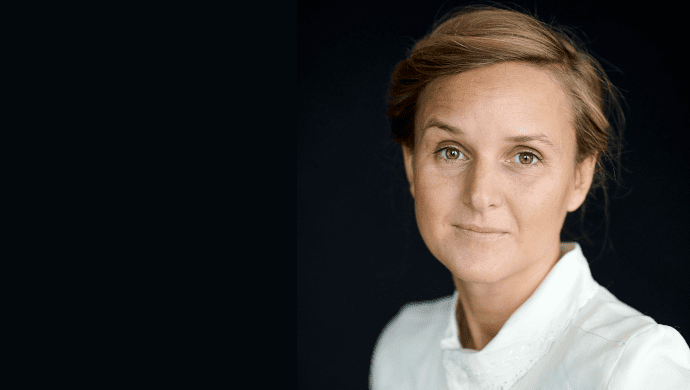Den syrisk-fødte digter Adonis er favorit til at modtage årets Nobelpris i litteratur, skriver B.T. Online onsdag.
Litteraturprisen er ligesom de øvrige 5 Nobelpriser inden for kategorierne fysik, kemi, medicin, økonomi og fred omgærdet med hemmeligheds-kræmmeri, indtil navnet på årets vinder afsløres. Det forventes traditionen tro at ske torsdag i den uge, hvor priserne offentliggøres.
Uddelingerne af priserne og prispengene ligger nagelfast, idet det sker på den svenske ingeniør Alfred Nobels dødsdag 10. december.
Den efterladte formue efter dynamittens opfinder er basis for den fond, der årligt uddeler priser inden for de 6 områder.
Biografi af Adonis (Ali Ahmed Said), født i 1930, taget fra nettet:
This biography is written by Kamal Abu-Deeb, in J. S. Meisami & P. Starkey (eds.), Encyclopedia of Arabic literature, (Routledge, 1998).]
Syrian poet and literary critic (Ali Ahmad Said). Born in Qassabin, Adonis studied philosophy at Damascus University and at St Joseph University in Beirut, where he obtained his Doctorat dEtat in 1973. After his arbitrary imprisonment for six months in 1955 for political activities and membership of the Syrian National Socialist Party, he settled in Lebanon in 1956, later becoming a Lebanese national.
He received a scholarship to study in Paris in 1960-61. From 1970 to 1985 he was professor of Arabic literature at the Lebanese University; in 1976 he held a visiting professorship at Damascus University, and in 1980-81 was professor of Arabic at the Sorbonne (Paris III). He has also taught and lectured in a number of other Western universities. He returned to live in Paris in 1985.
Adonises formative years were strongly influenced by the teachings of Antun Saada, and by the new poetic sensibility which had been developed by such poets as Jubran Khahlil Jubran, Ilyas Abu Shabaka, Said Aql and Salah Labaki; he had also been educated in the classical traditions of Arabic literature by his father, a learned man steeped in ancient Arab culture and Islamic theology.
Until the late 1950s, his poetry represented an attempt to fuse these early sources, as he tried also to give poetic expression to his political and social beliefs – specifically, the quest for national identity and the drive to achieve the “great leap forward” of Arab society.
It is to Saada rather than T.S. Eliot that he owes his awareness of the importance for poetry of myth and history – poetry being seen by Adonis and many of his contemporaries as having a vital role in the response to the challenge of the West.
Particularly after the loss of Palestine in 1948, the “new poetry” began its ascendance, taking the form initially of a rebellion against traditional rhythmic and prosodic forms. Adonises role in the evolution of free verse was crucial; at the same time, he wanted to maintain for poetry an autonomous space and a refined language that refused to descend to the level of daily speech.
The turning-point, both for Adonis and for modern Arabic poetry as a whole, came with Aghani Mihyar al-Dimashqi (1961), in which he achieved a balance between poetry’s Socio-political role and the demands of a symbolic “language of absence” which poetry, as he saw it, required.
Although his subsequent poetry has become richer and more experimental, in the view of many it has never surpassed Mihyar. His most complex work, the 400-page Mufrad bi-Sighat al-jam is a dazzling piece of writing, but one which has remained closed world to the majority of readers.
Both as a poet and a theorist on poetry, and as a thinker with a radical vision of Arab culture, Adonis has exercised a powerful influence both on his contemporaries and on younger generations of Arab poets. His name has become synonymous with the Hadatha (modernism) which his poetry embodies.
Critical works such as Zaman al-shir (1972) are landmarks in the history of literary criticism in the Arab world. His role in providing platforms for modernist literature has also been significant. In 1957 he joined Yusuf al-Khal in founding the avant-garde journal Shir and in 1968 established the equally influential, though more culturally and politically orientated, journal Mawaqif.
Adonises critical statements on poetry lack the controlled tone of academic criticism, but possess the power and missionary-spirit of a pioneer and visionary. Well-acquainted with Western literary traditions, he has produced some fine and influential translations of European (mainly French) poetry and drama. Of particular importance are his translations (or, more accurately, renderings) of the poetry of St John Perse and the dramatic works of Georges Schehadeh.
His most lasting work, however, will undoubtedly be his own poetry, at the heart of which lies a desire to change the world and to bring about a fundamental transformation of language; these two realms in Adonises vision are so intertwined that changing the one without the other is impossible.
The impulse behind both is the same: his sense of the stagnation of his society and its culture – including language and poetry – and his vision of history as a corpse, a burden which has to be shed by a spirit searching for a creative role for man in history.
This theme manifests itself in a varied range of imagery, finding one of its most vivid embodiments in an early poem entitled “al-Bath wa-al ramad”.
At times, Adonises poetry is both revolutionary and anarchic; at other times, it approaches the mystical. His mysticism derives essentially from the writings of the Sufi poets. Here he aspires to reveal the underlying unity between the contradictory aspects of mans existence and the fundamental similarity of the outwardly dissimilar elements of the universe.
But although his poetry appears to be polarized between the mystical and the revolutionary, it often dissolves these two poles into a single harmonized vision, which gives his work its distinctive character.
His struggle to invent a new poetic language and his aspiration to change Socio-political realities often fuse to produce a new poetics – a poetics which asserts the power of human creativity to reveal the hidden (al-batin) enshrouded by the manifest (al-zahir).
In this respect, his upbringing within the Shiite tradition has had a decisive influence on his work. It is these aspects of his poetry which often bring it close to the poetry of the French symbolists and to European surrealism; indeed, he has argued (e.g. in al-sufiyya wa-al-suryaliyya, 1992) that the deeper sources from which symbolism and surrealism flow are identical to those of Sufism.
The lucidity, elegance, and the opulence of the rhythmic structure of some of Adonises early poetry contrast sharply with the complexity and absence of regular rhythmic patterning of some of his later poems. He is a poet of paradoxes and extremes, who seems to transcend himself in every new work.
Recently, he advocated “writing” as opposed to “poetry”, suggesting that a poetic text should go beyond the traditional concept of genre to become a total poem incorporating a multiplicity of levels, languages, forms and rhythmic structures.
In everything he has produced, Adonis reveals his mastery of language and the power to structure a text in the manner of a skilful architect. Some of his more recent poetry has lost the abstractness of his work of the 1970s; it has also lost the lyricism of, for example, Aghani Mihyar al-Dimashqi, in which he uses the figure of Mihyar the Damascene as a poetic persona through which to articulate his vision of the world.
He has displayed a new fondness for the “poetry of place”, in contrast to the “poetry of time” which dominated his earlier work: in his later texts, places like Marrakech, Fez, Cairo and Sanaa occur more often as specific places with their own powerful material presence and distinct personalities.
Above all, what distinguishes his poetry is a tone of quest and a refusal to accept present reality: he is the master of the incomplete, one of his recent volumes consisting of a series of poems, the title of each of which contains the phrase “awwalu al-…” (“The beginning of …”).
Adonis has remained uncompromisingly adventurous well into his sixties. His al-Kitab (1995) – invoking the name of the holy Koran – has a complex structure dividing the page into four sections of texts and margins, each representing a different aspect of Arab history and employing a different voice, centred on the personality and experience of al Mutanabbii.
This spirit of adventure has kept his work at the forefront of the modernist movement and rendered his poetry uniquely relevant to the work of younger generations.
Text editions
The Blood of Adonis, S. Hazo (trans.), Pittsburgh (1971).
An Introduction to Arab Poetics, C. Cobham (trans.), London (1990).
M, A. al-Udhari (trans.), London (1976). Orof Desire, K. Abu-Deeb (trans.), Newcastle (1998).
Transformations of the Lover, S. Hazo (trans.), Ohio (1983).
Victims of a Map, A. al-Udhari (trans.), London (1984).
Further reading
Abu-Deeb, K., ‘The perplexity of the all-knowing’, Mundus Artium, I/x, Houston (1977).
Kilde: www.geocities.com



